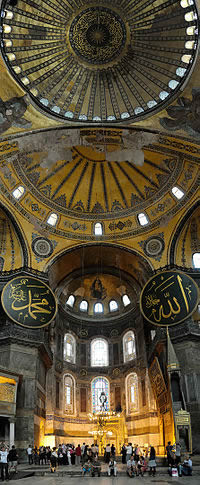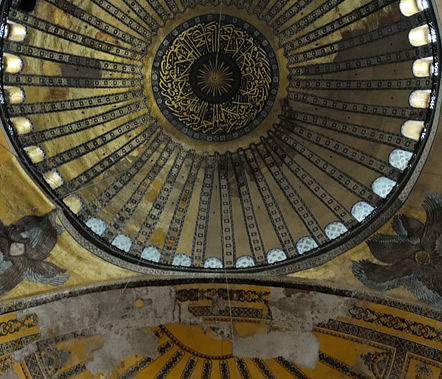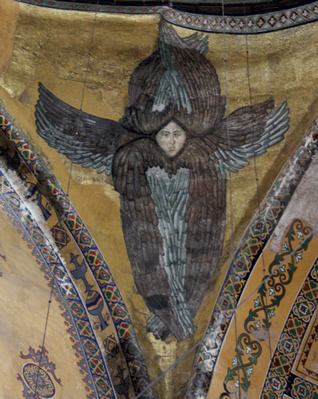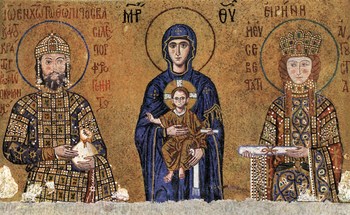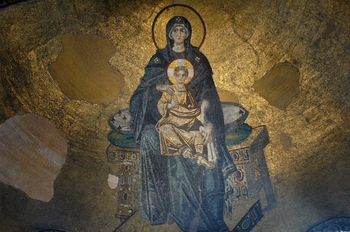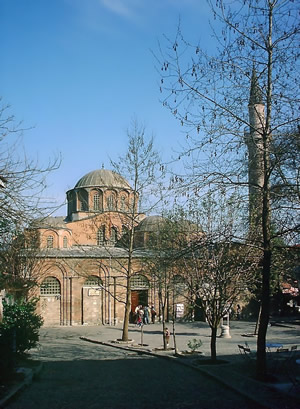
Classic Turkey trip, 2012
MOSQUES; CHURCHES and
MUSEUMS:
Blue Mosque; Hagia Sophia;
Chora
Church
HOME :
turkey trip Istanbul I Istanbul II Istanbul III Istanbul IV Bursa Troy Pergamum Sardes - Pamukkale Aphrodisia Ephesus Priene Didyma MiletCapitels
| During our stay in Istanbul we visited three religious buildings: the Blue Mosque ; the Hagia Sophia ; the Chora Church. Although we visited them on two days, I decided to group them on this page because it just makes sense to me. | ||||
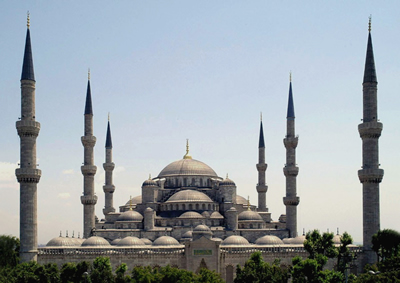 |
After we concluded our visit to Topkapi Palace we took a short walk across the square to the famous Blue Mosque whose actual name is Sultan Ahmed I Mosque. It's nickname "blue mosque" was given by foreigners because of the dominant blue color of its decorations. The Mosque, Hagia Sophia and Topkapi Palace are on the same square, with the Blue Mosque and the Hagia Sophia facing each other. The Mosque was built in 1609 in the same style as the Hagia Sophia. But Sultan Ahmed I Mosque | 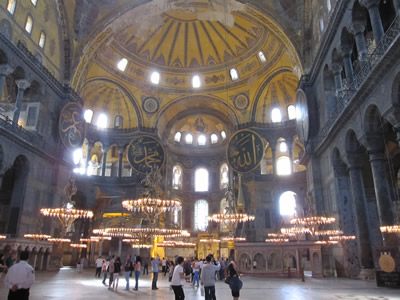 |
||
| has six minarets as can be seen in the picture above, while Hagia Sophia has only four. The Blue Mosque is part of a large complex that also contains a madrassa (in Turkey a government school for Imams) and at one time variety of social instituions such as a hospital and kitchens for poor people. Additionally, there are sizeable washing stations where pious Muslim men conduct their ablutions before entering the mosque for prayers. As can be seen from the pictures, the mosque is decorated beautifully in accordance with strict islamic rule which prohibits any naturalistic depictions, even of flowers or plants to prevent any possibility of heathen practices. return to top | ||||
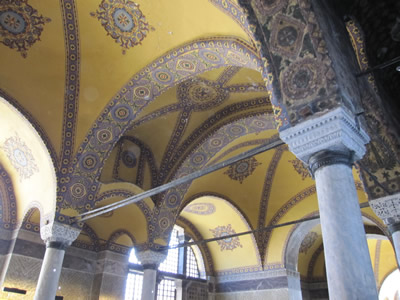 |
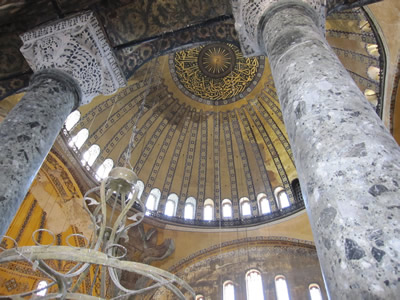 |
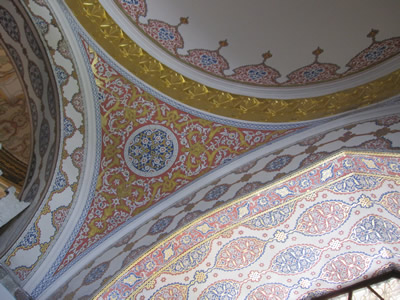 |
||
Our first stop on the second full day in in Istanbul was the famous Hagia Sophia (church of holy wisdom), once upon a time this was the church where Byzantine emperors worshipped and for almost 1,000 years it was the largest cathedral in the world. The current building dates to the 5th century, after the destruction of her two predecessor churches. After the ottoman conquest of Constantinople in 1453 the church was converted into the most important mosque in the ottoman empire. At that time the foour minarets were added and the interior changed in accordance with muslim practice. The precious frescos and mosaics that had been the church's pride, were covered with whitewash. In the early ottoman empire the Hagia Sophia became the model for the constructions of all mosques, including the blue mosque. After the creation of the secular Republic of Turkey, Atatürk decreed that the Hagia Sophia 1934 was transformed into a museum. Since that time many of the frescos and mosaics have been uncovered and restored at great cost. The building itself had to undergo major renovation and reconstruction, especially the vaulted ceiling. |
||||
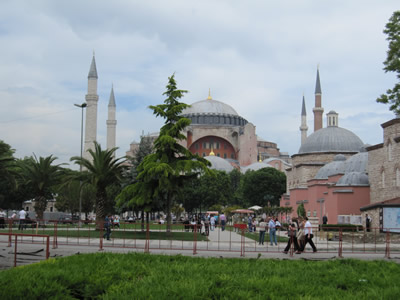 |
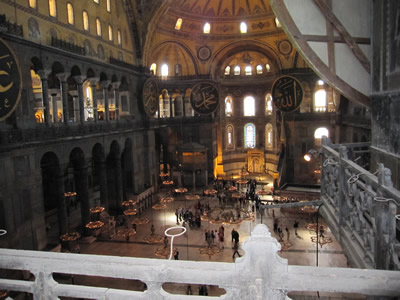 |
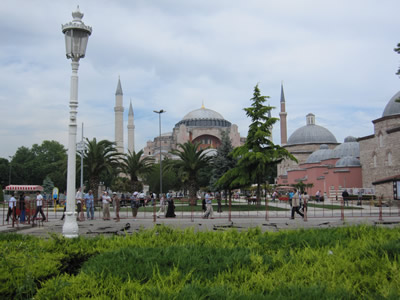 |
||
| The three pictures below show the vaulted ceiling which is "supported" by four archangels. During the time Hagia Sophia was used as a mosque their faces were covered, leaving only the images of the abstract "wings", as can be seen (faintly) in the left and middle pictures. Recently one of the faces has been uncovered (see picture on the right below). In the picture on the left one can also see two of the very large tablets that are affixed to the buildings pillars. These tablets are considered to be among the finest examples of islamic art. | ||||
|
|
|
||
| On the pictures above it is also possible to see the amount of damage that still (or already again) exists despite the extensive restauration that has occurred over the last 90 years. | ||||
Emperor John II (1118–1143) the Virgin Mary and infant Jesus; Empress Irene |
the loge of the empress on the second floor. To facilitate carrying the imperial chaise, a ramp (marble, of course!) was constructed to the upper floor instead of stairs. Although we were walking, we still appreciated it |
Apse mosaic of the Theotokos (Virgin Mother and Child) |
||
| Our second visit of the day was to the Chora Church. Its actual name is Church of the Holy Saviour in Chora (Turkish Kariye Müzesi, Kariye Camii, or Kariye Kilisesi — the Chora Museum, Mosque or Church - take your pick) The original church dates to the 5th centyr CE, although it did not receive its current form until around 1100. Its common name -Chora - means "outside of town" because the original church was located outside the old city wall. However, over time the city was expanded and the Church has been surrounded by Istanbul for a very long time now. While it was an important church in the Byzantine empire, under Ottoma rule it was converted into a mosque in the 16th century, today it is a museum, considered to be one of the most beautiful surviving examples of a Byzantine church. It is also famous for its very large number of extraordinarily beautiful mosaics and frescos which have been restored since 1948. | ||||
|
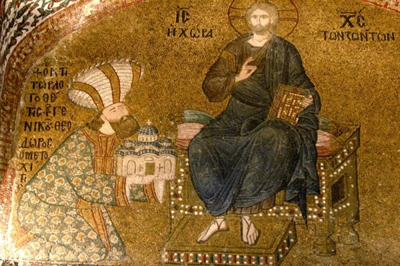 |
|
||
| The picture in the middle above shows Theodore Metochites who is presenting a model of the church to Christ. Metochites was a wealthy benefactor who had the church restored in the 14th century and donated the great number of beautiful frescos and mosaics that today are considered the largest and most beautiful collection of Byzantine artwork. The church itself is not very large, but the quantity and beauty of the mosaics and frescos is quite overwhelming. The pictures below show only a fraction of the treasures contained in the church. | ||||
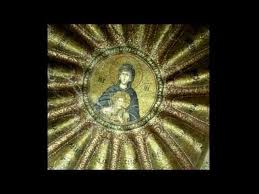 |
 |
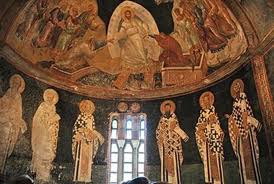 |
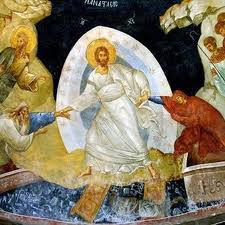 |
|
 |
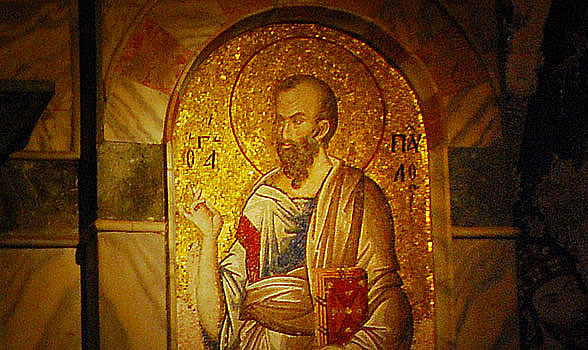 |
|||
